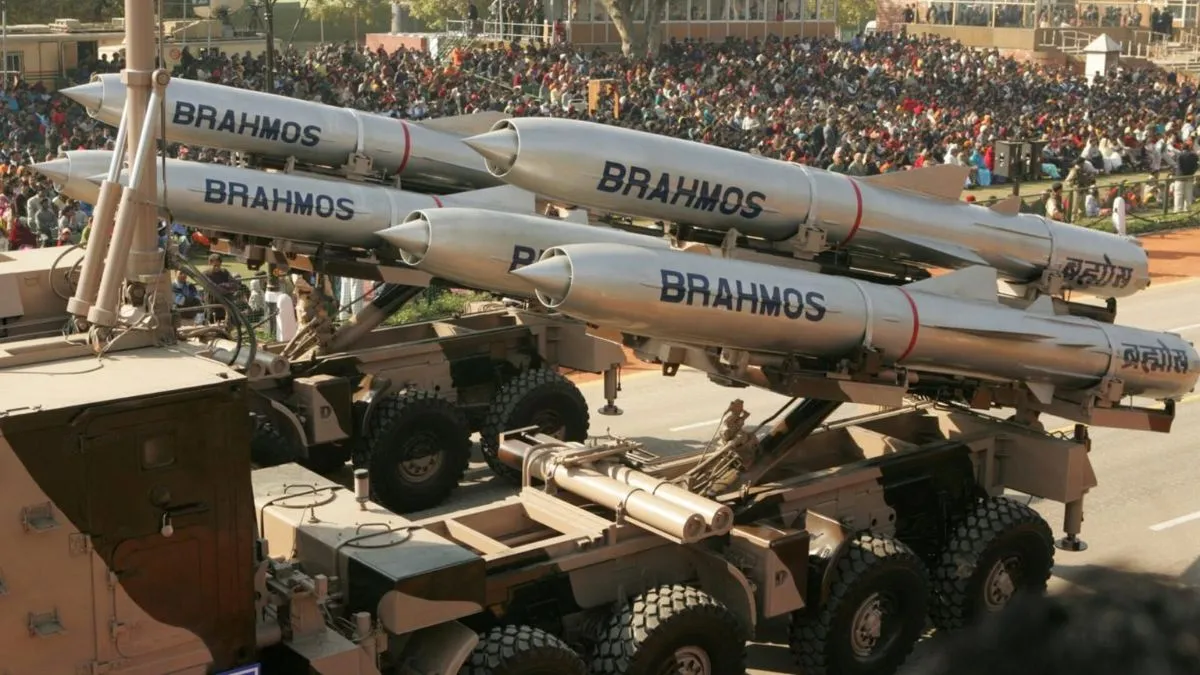- By Supratik Das
- Sat, 03 May 2025 12:12 PM (IST)
- Source:JND
India-Pakistan tensions have escalated after Pahalgam attack on April 22. Islamabad issued a fourth NOTAM (Notice to Airmen) announcing the planned firing of surface-to-surface ballistic missiles. Indian security officials have described the action as a "reckless act of provocation" and a "dangerous escalation" in the already tense bilateral relations. This is against the backdrop of the terror attack in Baisaran, which claimed 26 civilians' lives. The attack has triggered a wave of diplomatic retaliation by New Delhi, such as the suspension of Pakistani nationals' visas, reduction of personnel at the Pakistani High Commission, and sealing of the Attari border. At the same time, cross-border shelling and firing across the Line of Control (LoC) and International Border in Jammu and Kashmir have become a daily phenomenon.
Fourth Missile Warning, No Action Yet
Indian intelligence agencies confirmed that Pakistan is set to test-fire a surface-to-surface ballistic missile this week. Sources told ANI that Indian officials said that "reckless act of provocation and a dangerous escalation in its hostile campaign against India." The test, if it happens, would be the fourth in less than two weeks. The first NOTAM on the night of April 23 with less than 24 hour notice for test firing, however, no ballistic missile firing was observed. Soon thereafter notifications were issued on April 26th-27th of firing by Pakistani Naval ships off the coast of Karachi, however, no firing drills were conducted. After two non-attempts, Pakistan repeated a third attempt on April 30th- May 2nd of firings close to India's Exclusive Economic Zone, but again, no firings were conducted.
India Vs Pakistan: Missile Defence Systems Compared
India has a strategic and technological advantage in missile defence and surveillance, although both countries have a credible deterrent posture. The comparative strengths of the two nuclear-armed neighbours are as follows
India's Missile Defence Capabilities:
• Ballistic Missile Defence (BMD) Shield: India has established a two-tiered BMD system that can intercept endo-atmospheric and exo-atmospheric threats.
• Prithvi Air Defence (PAD) and Advanced Air Defence (AAD) interceptors are the backbone of India's layered defence system.
• S-400 Triumf: India has procured advanced S-400 missile defence system from Russia, bolstering its capability to counter aerial threats at long range.
• Agni series & BrahMos: India's strategic deterrent consists of long-range Agni ballistic missiles and BrahMos supersonic cruise missile.
Also read: Global Military Spending Hits Record 2.7 Trillion USD: Where Do India And Pakistan Stand?
Pakistan's Missile and Air Defence Arsenal:
•Hatf and Shaheen series: Pakistan depends upon Hatf and Shaheen series of missiles that can carry nuclear warheads.
•Nasr (TNW): Tactical nuclear-capable Nasr missiles are viewed as Pakistan's answer to India's Cold Start doctrine.
•Air Defence Systems: Pakistan's air defence systems are deemed comparatively rudimentary, with Chinese LY-80 (HQ-16) forming the core of its anti-aircraft defences.
The heightening rhetoric, missile threats, and ongoing border clashes mark a uncertain moment in Indo-Pak relations. A mistaken attack could snowball into an expanded military war. The international community, the UN, and major strategic partners are watching closely the events in the subcontinent.

